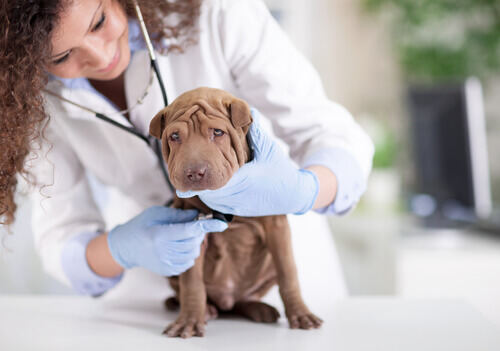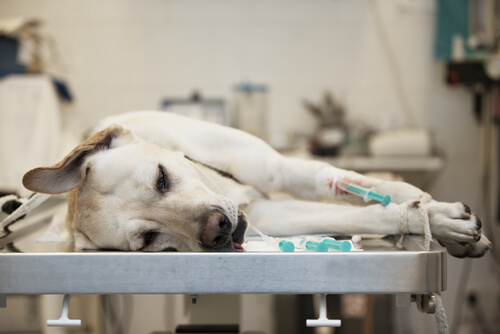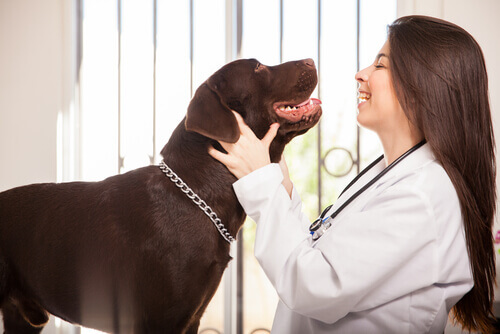Your Pet's Hospitalization Process

Many people cringe by the mere thought of having to go through a hospitalization process with their pets. Generally, people associate hospitals with serious health conditions. So the first thing to do if you find yourself in this situation is to calm down. Your animal friend will most likely receive proper care 24/7.
In the event your pet requires hospitalization, you must know how to proceed; above all, remain calm. Here are some of the frequently asked questions about the hospitalization process.
Hospitalization process – location
If your pet needs to be hospitalized for an emergency, your vet will probably refer it to the closest Veterinary Clinical Hospital. These kinds of hospitals have exclusive areas for this purpose, areas which are separated from the other hospital facilities.
There’s a designated area for specific types of animals. That means that dogs, cats, and turtles won’t have to be in the same area. Generally, each hospital has exclusive rooms for dogs, as well as some dedicated to cats. Also, there are special areas to attend to exotic species.

As you can see, every animal will be in a room according to their species, size, type of illness, and required medical attention. Large animals usually have a wider area that ensures their comfort during their stay. Furthermore, dogs with infectious diseases stay in the exclusive isolation area.
Hospitalization process – care
The type of care your pet receives depends mainly on the state of their health. Every animal receives any medical attention required by their specific diagnosis. However, all hospitalization areas offer intensive treatment 24 hours a day.
In addition, the staff in charge of the condition of hospitalized animals allow them to have two or three visits a day. Also, the hospital has veterinarians and nurses on call who can be there in an emergency. This in addition to the collaboration of advanced vet med students.
Your pet can receive visitors
Veterinary hospitals have a visitation schedule so that owners can visit with their pets and be able to sleep at night. If your pet must go through a hospitalization process, you’ll probably have about two hours to visit, from Monday to Friday. Usually during the afternoon.
However, you must run any visit by your vet beforehand. This is because there are times that animals become anxious after their guardians leave. Unfortunately, it can be detrimental to their recovery.
Home hospitalization
In milder clinical conditions, recoveries, or chronic pathologies, home hospitalization could be a viable alternative. This option has many benefits, even though owners are afraid they won’t be able to properly nurse their pets.

However, in principle, the animal will be in the comfort of their own home and will most likely feel safer in their family environment. This greatly facilitates their recovery and also provides a pleasant feeling of well-being. For chronic or terminally ill patients, this alternative is crucial to improve the quality of the animal’s life.
Also, many dogs and cats become nervous or anxious during their stay in a veterinary clinic or a hospital. This negative reaction is frequent in older animals and in those who aren’t used to being around other pets. Again, the home hospitalization process could be just what your pet needs.
The home hospitalization process – benefits
Here are some other benefits:
- Being at home, your pet will benefit from your presence, and it’ll be easier for you to follow their evolution without having to call the hospital or do there.
- You can add some alternative therapies, such as music or aromatherapy, to the recovery of your pet. These techniques are generally not performed in clinics or hospitals but do bring enormous benefits to an animal’s well-being.
- Home hospitalization is also convenient in economic terms as it saves money in transportation and hospital facilities.
- Finally, there’s a lower probability of acquiring a secondary illness. In the case of weakened or elderly animals, the hospital or veterinary clinic can be a gateway for many viruses and infections. Your pet can avoid exposure by remaining at home as long as you provide them with proper care.
